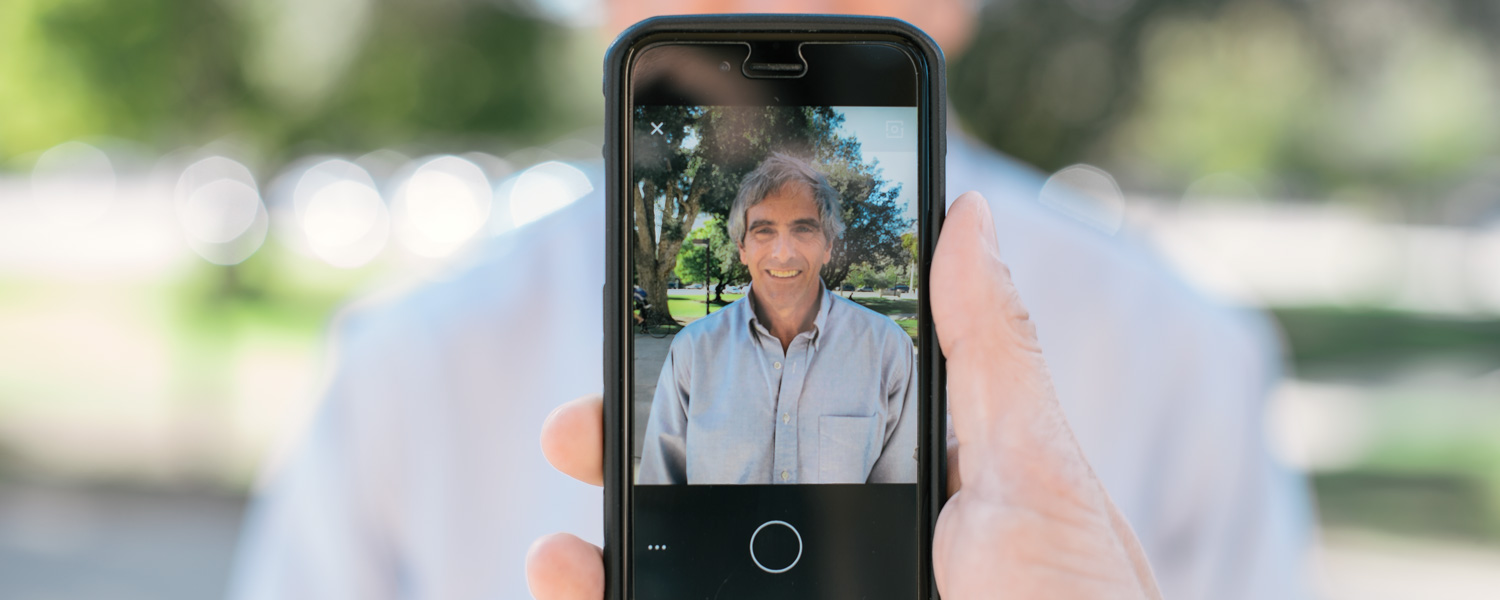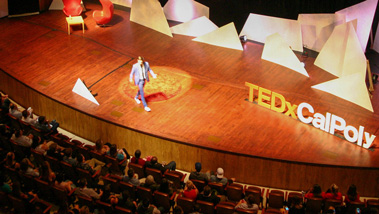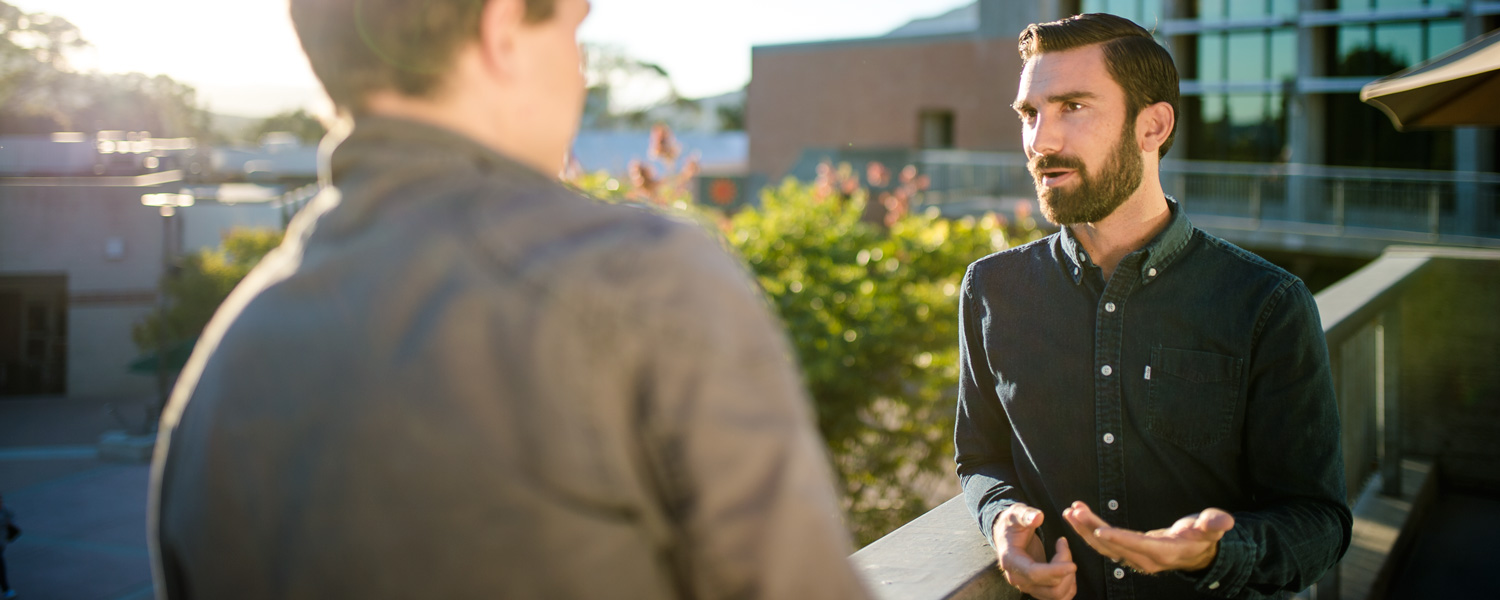Questions & Answers
Trending Online or Treading on Rights?
By Victoria Hall and Robyn Kontra Tanner

Professor Lee Burgunder first arrived at Cal Poly in 1983, long before smartphones rose to ubiquity. Recently the Orfalea College of Business’ senior-most faculty member has won praise for research on an unlikely subject: Instagram. His article, “The Selfie-Made Man: A Case Study in Law, Ethics and Instagram,” won the Hoeber Memorial Award for Research Excellence from the Academy of Legal Studies in Business.
In this Q&A, Burgunder talks about appropriation art, “harmless” reposts and viral screen shots that could tread on intellectual property rights.
What got you interested Instagram?
I was interested when I learned that appropriation artist Richard Prince had effectively enlarged photographs that he grabbed from Instagram, added a few comments, and sold the canvasses for nearly $100,000 at a notable New York gallery. While I was considering the development of the typical research article, I recognized that the scenario raised numerous controversial issues that so often arise with images on social media platforms.
How did you go about researching Instagram and intellectual property?
After talking to my students about it, I soon realized that this presented a tremendous opportunity for faculty and students to learn together by considering the legal and public policy implications of Prince’s actions through a debate format. The topic works so well in the classroom because it relies on a wide-range of visual examples and allows students to delve into litigation involving subjects that they enjoy. The examples we look at make students think critically about the ethics of their typical behaviors on social media sites. Perhaps the most interesting aspect is that the analysis is often driven by the notion of “transformation,” which explores whether the artwork provides a new purpose or meaning. After all, despite Prince’s rather bold appropriation of the Instagram photos, in some fashion, he did get us to ponder our everyday social interactions from a different perspective. By examining questions like these, my article guides professors to use what Prince did to teach students about fair use and other intellectual property issues.
Why is intellectual property a challenge for Instagram as opposed to other platforms?
There’s a lot of stuff about using Instagram that people don’t think about. When you post pictures of yourself, do you think about who actually owns that copyright? If you only ever take selfies, then you’re the photographer, and therefore you have all the rights. But who owns the copyright and the creativity when you give the camera to someone else? Even with memes, you have to be careful because you are using a photo that belongs to someone else. The trouble really comes down to the fact that, on Instagram, you actually have to screen shot a photograph to share it. On Facebook, we can link to other sites. Linking is okay, typically, but what you do on Instagram can potentially violate copyright.
What are the implications if an action isn’t protected under fair use?
Copyright owners can be entitled to statutory damages, which give judges a lot of discretion in awarding payments, but these may not be available to the typical individuals who simply post personal photographs on Instagram. Beyond copyright, there’s also this element called the right of publicity, which involves people making money off of someone’s face or image. It’s interesting because copyright is federal law while the right of publicity is state law, so the legality of your actions may depend on what state you’re in.
Where is this issue going? Is intellectual property law easing on social media?
Technology is causing the culture to change so that sharing is becoming the norm and prevention the exception. With copyright, I see us increasingly moving from a “take-in” world, in which one asks before taking a protected work, to a “take-out” environment, where one feels free to share a work until the copyright owner complains and requests that it be removed.





